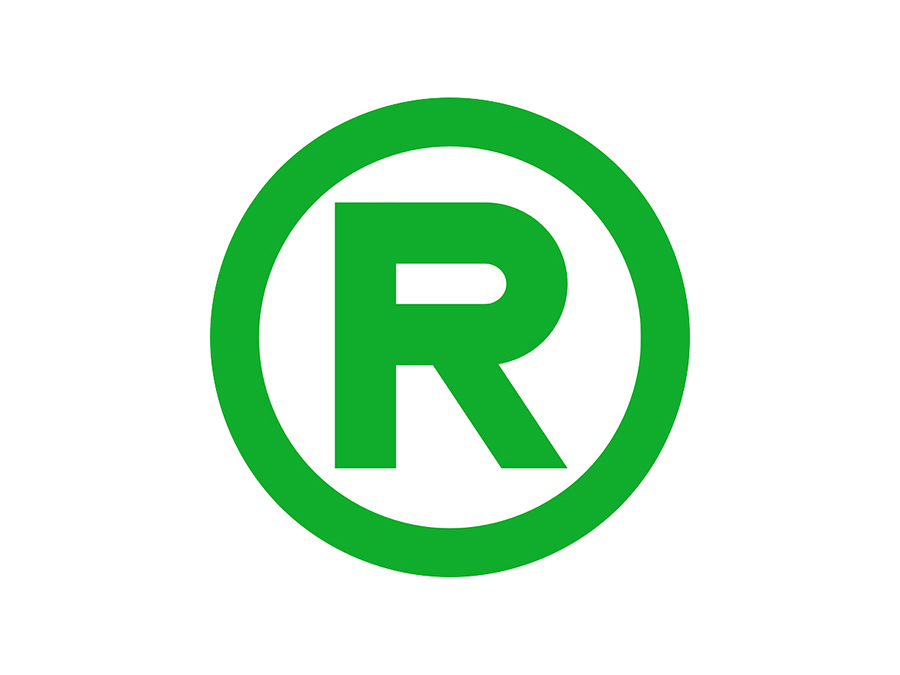The English High Court has confirmed that the red Babybel cheese mark - owned by Fromageries Bel SA (“FBSA”) since 1997 - is invalid. The decision arises as a result of a challenge by J Sainsbury Plc (“Sainsbury”) and reflects a current trend by the UK Intellectual Property Office and courts to impose stricter registration requirements on ‘non-conventional’ marks such as shape marks.
The Mark
FBSA owns the UK registered trade mark number 2060882, a three-dimensional shape mark registered in Class 29 for cheese (the “Mark”). See the registration with picture here. The registration broadly consists of a graphical representation of a round, waxed cheese limited by specified dimensions of 4cm wide and 2cm in depth, and a description of the Mark as being “limited to the colour red”.
The Dispute
In October 2017, Sainsbury filed an invalidity application against the Mark on the grounds that it was insufficiently represented on the trade mark register. Sainsbury’s argument of insufficient representation arose from the fact that although the Mark was limited in its description to “the colour red”, this lacked clarity and precision, and a particular hue should have been specified.
While the IPO Hearing Officer indicated that it was not always necessary to precisely define a trade mark’s colour, it was found that because colour was an essential characteristic of this Mark, the broad definition of this colour as “red” was insufficiently precise, and a particular hue of red should have been specified. As such, the IPO declared the Mark invalid. FBSA appealed this decision to the High Court.
Appeal and Decision
FBSA argued against the cancellation of its Mark, contending the following:
- The IPO had incorrectly identified that the colour red was the Mark’s sole essential characteristic. On the contrary, FBSA asserted that as it was not a colour mark per se, colour was merely one of several essential characteristics, so the requirement to specify the particular hue of red did not apply. The High Court concluded that because the Mark could only be distinguishable if a particular hue of red used on the Babybel products was associated with FBSA’s cheese, it followed that the Mark had to be limited to a single shade of red, and this ground was rejected.
- The IPO should have interpreted the registration as being limited to the shade of red shown in the graphical representation of the Mark. The High Court held that since the description did not say “the colour red as shown in the representation”, a reader would assume that “the colour red” included any hue of red. To argue against this would be to accept that the description and graphical representation were inconsistent, meaning that the registration lacked the precision and clarity required for validity. As such, this ground was rejected.
- FBSA should now be permitted to specify a hue defined by the Pantone colour standard. The High Court would not allow this – adding a new limitation would introduce an additional feature into the content of the Mark to make it distinctive, which would affect the Mark’s description.
Comment
Clearly the Mark was initially accepted as valid when it was registered in 1997. However, recent case law suggests that the IPO and the courts are moving towards stricter requirements for the registration and continued validity of non-conventional marks. This case in particular highlights the need for trade mark owners to carefully review their portfolio of registered rights, consider how their marks are described, and work with their legal advisors to devise strategic plans that account for any potential vulnerabilities.

 Kate Hamson-Maguire
Kate Hamson-Maguire